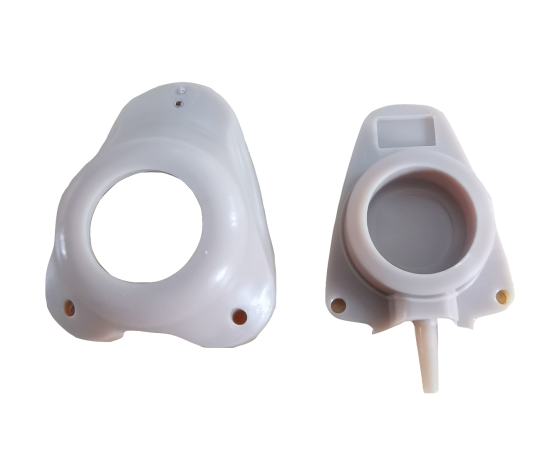Why Choose Us? / Blog / News / Contact
Electroplating wastewater treatment process flow
Mar 21,2024
Electroplating is the use of chemical and electrochemical methods to plate various metals on metal or other material surfaces. Electroplating technology is widely used in machine manufacturing, light industry, electronics and other industries. The composition of electroplating wastewater is very complex. In addition to cyanide (CN-) wastewater and acid-base wastewater, heavy metal wastewater is a potentially harmful wastewater category in the electroplating industry. According to the classification of heavy metal elements contained in heavy metal wastewater, it can generally be divided into chromium (Cr) wastewater, nickel (Ni) wastewater, cadmium (Cd) wastewater, copper (Cu) wastewater, zinc (Zn) wastewater, Gold (Au) wastewater, silver (Ag) wastewater, etc. The treatment of electroplating wastewater has generally received attention at home and abroad. A variety of treatment technologies have been developed to eliminate and reduce the emission of heavy metals through measures such as treating toxic to non-toxic, converting harmful to harmless, recycling precious metals, and recycling water. With the rapid development of the electroplating industry and the increasing environmental protection requirements, electroplating wastewater treatment has begun to enter the stage of clean production technology, total volume control and circular economy integration. Resource recycling and closed-circuit circulation are the mainstream directions of development.
Cyanide-containing wastewater → grid → regulating tank → wastewater pump → electromagnetic flow meter → secondary oxidation reaction tank → mixed wastewater tank Na2SO3 H2SO4
Chromium-containing wastewater → grille → regulating tank → water pump → electromagnetic flow meter → reduction reaction tank → mixed wastewater tank CaO PAM
Mixed wastewater → grid → mixed wastewater pool → water pump → electromagnetic flow meter → neutralization reaction tank → filter press pump → filter press → sand filter → PH adjustment tank → standardized discharge outlet. The dry sludge will be harmlessly disposed of in a centralized manner.
Prev: Basic process of electroplating process
Next: None
NEWS
If you have some questions or would like to ask for a quote, please contact me
Electroplating wastewater treatment process flow
Mar 21,2024
Electroplating is the use of chemical and electrochemical methods to plate various metals on metal or other material surfaces. Electroplating technology is widely used in machine manufacturing, light industry, electronics and other industries. The composition of electroplating wastewater is very complex. In addition to cyanide (CN-) wastewater and acid-base wastewater, heavy metal wastewater is a potentially harmful wastewater category in the electroplating industry. According to the classification of heavy metal elements contained in heavy metal wastewater, it can generally be divided into chromium (Cr) wastewater, nickel (Ni) wastewater, cadmium (Cd) wastewater, copper (Cu) wastewater, zinc (Zn) wastewater, Gold (Au) wastewater, silver (Ag) wastewater, etc. The treatment of electroplating wastewater has generally received attention at home and abroad. A variety of treatment technologies have been developed to eliminate and reduce the emission of heavy metals through measures such as treating toxic to non-toxic, converting harmful to harmless, recycling precious metals, and recycling water. With the rapid development of the electroplating industry and the increasing environmental protection requirements, electroplating wastewater treatment has begun to enter the stage of clean production technology, total volume control and circular economy integration. Resource recycling and closed-circuit circulation are the mainstream directions of development.
Cyanide-containing wastewater → grid → regulating tank → wastewater pump → electromagnetic flow meter → secondary oxidation reaction tank → mixed wastewater tank Na2SO3 H2SO4
Chromium-containing wastewater → grille → regulating tank → water pump → electromagnetic flow meter → reduction reaction tank → mixed wastewater tank CaO PAM
Mixed wastewater → grid → mixed wastewater pool → water pump → electromagnetic flow meter → neutralization reaction tank → filter press pump → filter press → sand filter → PH adjustment tank → standardized discharge outlet. The dry sludge will be harmlessly disposed of in a centralized manner.
Prev: Basic process of electroplating process
Next: None
Related news
订阅
订阅我们的时事通讯,了解我们公司产品、新闻和特别优惠的最新信息。









